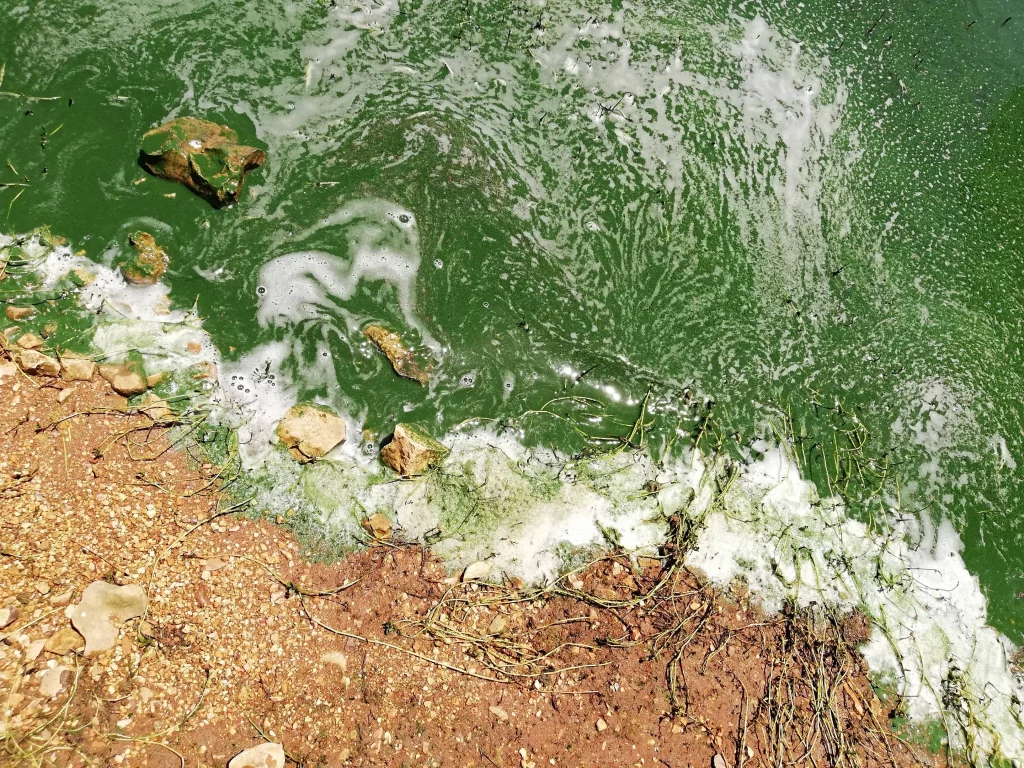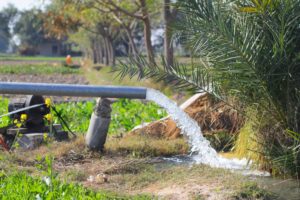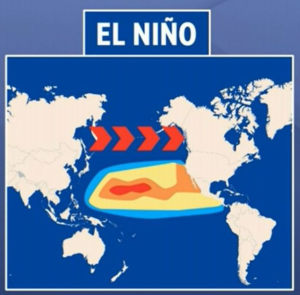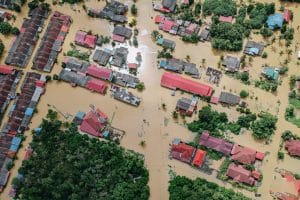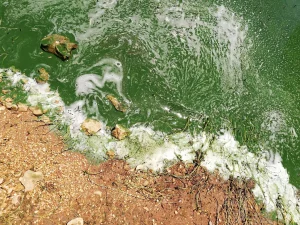Sinha, E., Michalak, A.M. and Balaji, V. (2017) ‘Eutrophication will increase during the 21st century as a result of precipitation changes’, Science, 357(6349), pp. 405–408. doi:10.1126/science.aan2409.
Eutrophication, or excessive nutrient enrichment, happens when water bodies are entirely or progressively enriched in nutrients, especially in Nitrogen (NO³¯ and NH4+ mainly) and Phosphorus (PO4³¯). This excessive increase of nutrients leads generally to harmful algal or phytoplankton blooms or hypoxia (Diaz and Rosenberg, 2008; Michael Beman et al., 2005; Paerl et al., 1990), and can have important effects on the aquatic wildlife or in changes in RedOx, mobility, and toxicity of metals (Zn, Pb, Cr, Cu…) and metalloids (As…) (Liu et al., 2019) as well as illness widespread (Prepas and Charette, 2003).
Eutrophication decreases aquatic system biodiversity. The main sources of nitrogen or phosphorus in water bodies are agriculture (fertilizers), population growth and untreated wastewaters, deforestation (increase of soil and nutrient weathering) (Prepas and Charette, 2003)… As a comparison title, drainage basins with intensive agriculture can export five or more times the phosphorus and nitrogen of forested drainage basins (Dillon and Kirchner, 1975). These 50 last years, the use of fertilizers and especially of nitrogen has been multiplied by nearly 10 (Figure 1), and its utilization increased higher than meat and crops production (McLaughlin and Kinzelbach, 2015).

Figure 1: Trends in global population, meat and cereal production, water, nutrients, and land use. From McLaughin et Kinzelbach, (2015).
A recent study (Sinha et al., 2017) found that “anticipated changes in future precipitation patterns alone will lead to large and robust increases in watershed-scale nitrogen fluxes by the end of the century for the as-usual scenario” (scenarios where no drastic changes are made in our way to consume fossils energies and release CO2 in the atmosphere).
Climate change is expected to change patterns of rain frequencies, but also of intensity, showing on average fewer rains but with higher intensity, favoring flooding, runoff and nutrient transportation to water bodies. Most impacted areas for an important increase in total nitrogen flux are shown in Figure 2, and mainly concerns the eastern part of the United States of America, a small portion of central Europe, and most Southern and Southern-East Asian countries (especially India, Thailand, Vietnam, Philippines, Chine, Japan, and Korea. These changes are considered as robust and in good agreement between different models chosen, and show Nitrogen fluxes between 20 to 245 kg N ha-1 year-4.
However, current climate models have shown to underestimate internal climate variability (Laepple and Huybers, 2014), which could lead to an under-estimation of the Nitrogen fluxes changes in inner lands. However, regions most likely to be impacted by changes in nitrogen fluxes are the ones presenting important changes in precipitation patterns and having wide agricultural intensive areas.

Figure 2: Global regions most likely to experience large increases in total nitrogen fluxes. Hatched regions do not meet criteria in changes of precipitation nor nitrogen input to present a large increase of nitrogen fluxes. From Sinha et al., (2015).
In conclusion, the authors conclude that strategies aimed at managing eutrophication and associated water quality problems must account for the impact of changing precipitation patterns on nutrients loading. New strategies will have to be made to take into account the effect of water quality due to climate change and protect water bodies from massive eutrophication, especially in East and South-East Asia. Not taking them into the account could have an effect to negate the strategies aimed at nitrogen load reduction or exacerbating water quality impairment, as well as decreasing water quality and availability for irrigation or for the populations living around affected areas (more than a billion people in Asia).
References
Diaz, R.J., Rosenberg, R., 2008. Spreading Dead Zones and Consequences for Marine Ecosystems. Science 321, 926–929. https://doi.org/10.1126/science.1156401
Dillon, P.J., Kirchner, W.B., 1975. The effects of geology and land use on the export of phosphorus from watersheds. Water Research 9, 135–148. https://doi.org/10.1016/0043-1354(75)90002-0
Laepple, T., Huybers, P., 2014. Ocean surface temperature variability: Large model-data differences at decadal and longer periods. Proceedings of the National Academy of Sciences 111, 16682–16687. https://doi.org/10.1073/pnas.1412077111
Liu, J.-J., Diao, Z.-H., Xu, X.-R., Xie, Q., 2019. Effects of dissolved oxygen, salinity, nitrogen, and phosphorus on the release of heavy metals from coastal sediments. Science of The Total Environment 666, 894–901. https://doi.org/10.1016/j.scitotenv.2019.02.288
McLaughlin, D., Kinzelbach, W., 2015. Food security and sustainable resource management. Water Resources Research 51, 4966–4985. https://doi.org/10.1002/2015WR017053
Michael Beman, J., Arrigo, K.R., Matson, P.A., 2005. Agricultural runoff fuels large phytoplankton blooms in vulnerable areas of the ocean. Nature 434, 211–214. https://doi.org/10.1038/nature03370
Paerl, H.W., Rudek, J., Mallin, M.A., 1990. Stimulation of phytoplankton production in coastal waters by natural rainfall inputs: Nutritional and trophic implications. Mar. Biol. 107, 247–254. https://doi.org/10.1007/BF01319823
Prepas, E.E., Charette, T., 2003. Worldwide Eutrophication of Water Bodies: Causes, Concerns, Controls. Treatise on Geochemistry 9, 612. https://doi.org/10.1016/B0-08-043751-6/09169-6
Sinha, E., Michalak, A.M., Balaji, V., 2017. Eutrophication will increase during the 21st century as a result of precipitation changes. Science 357, 405–408. https://doi.org/10.1126/science.aan2409

